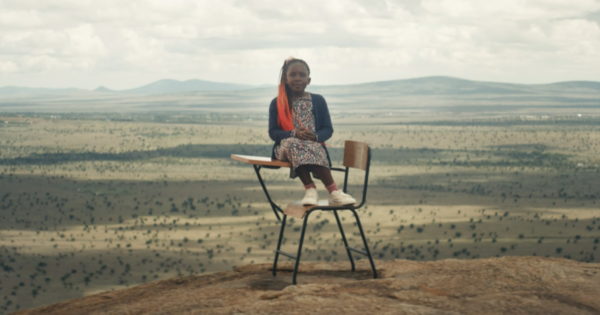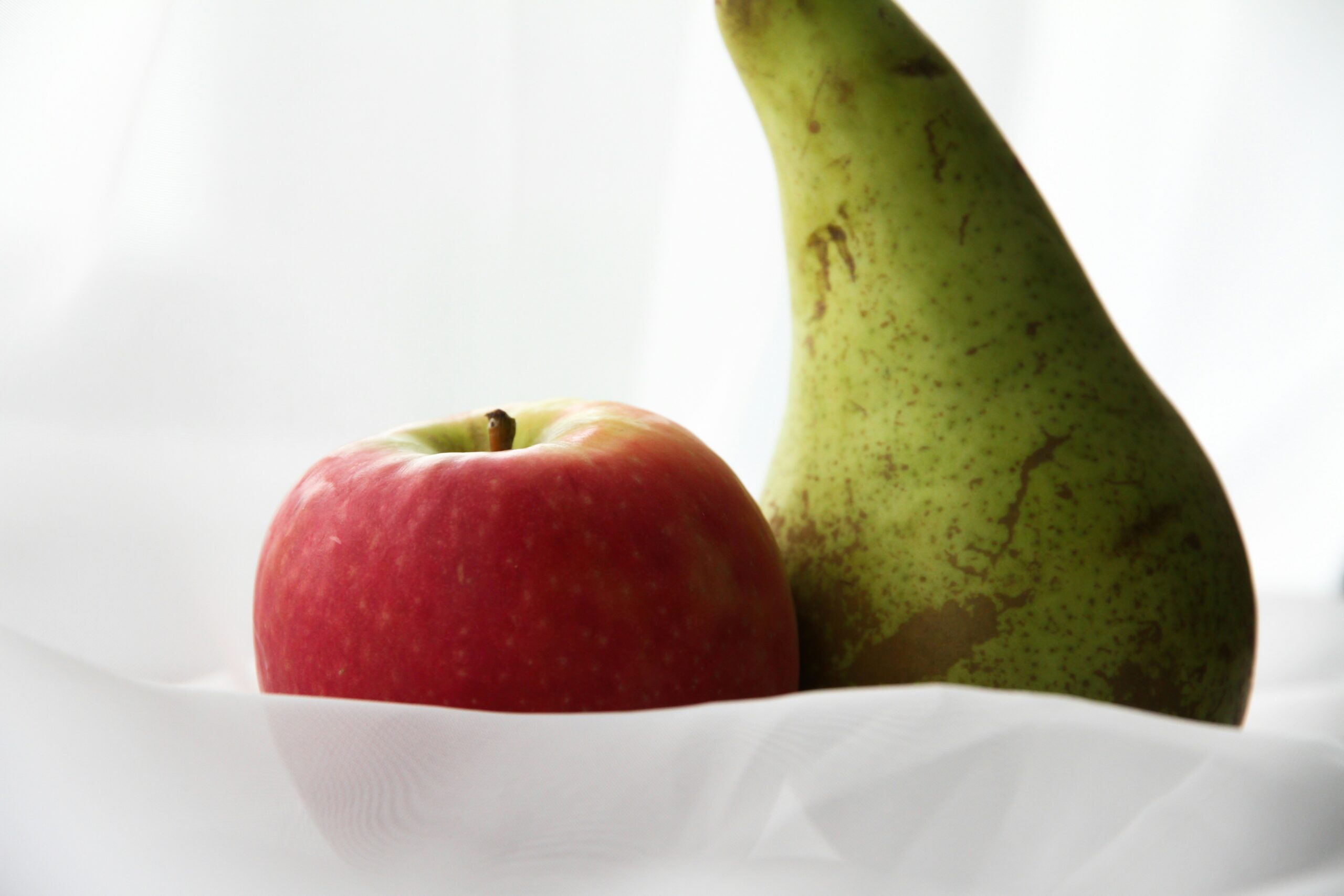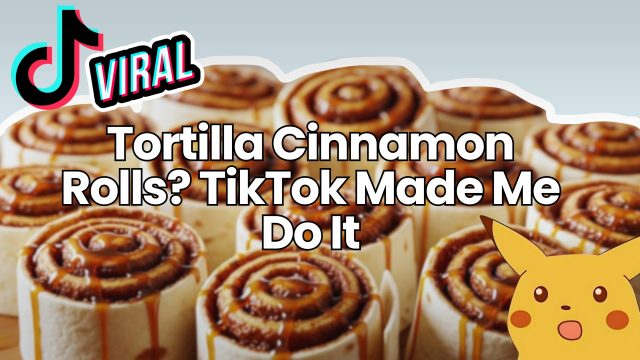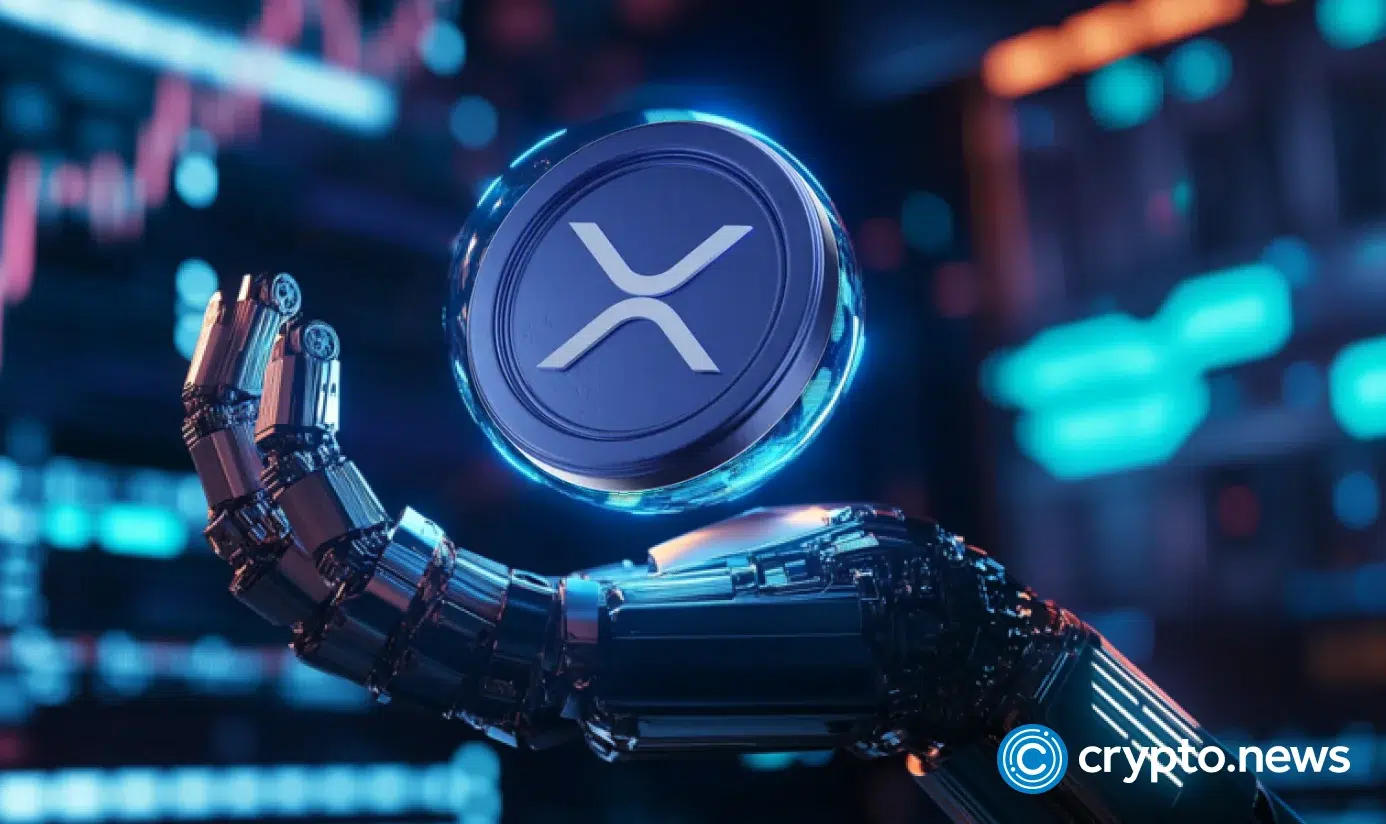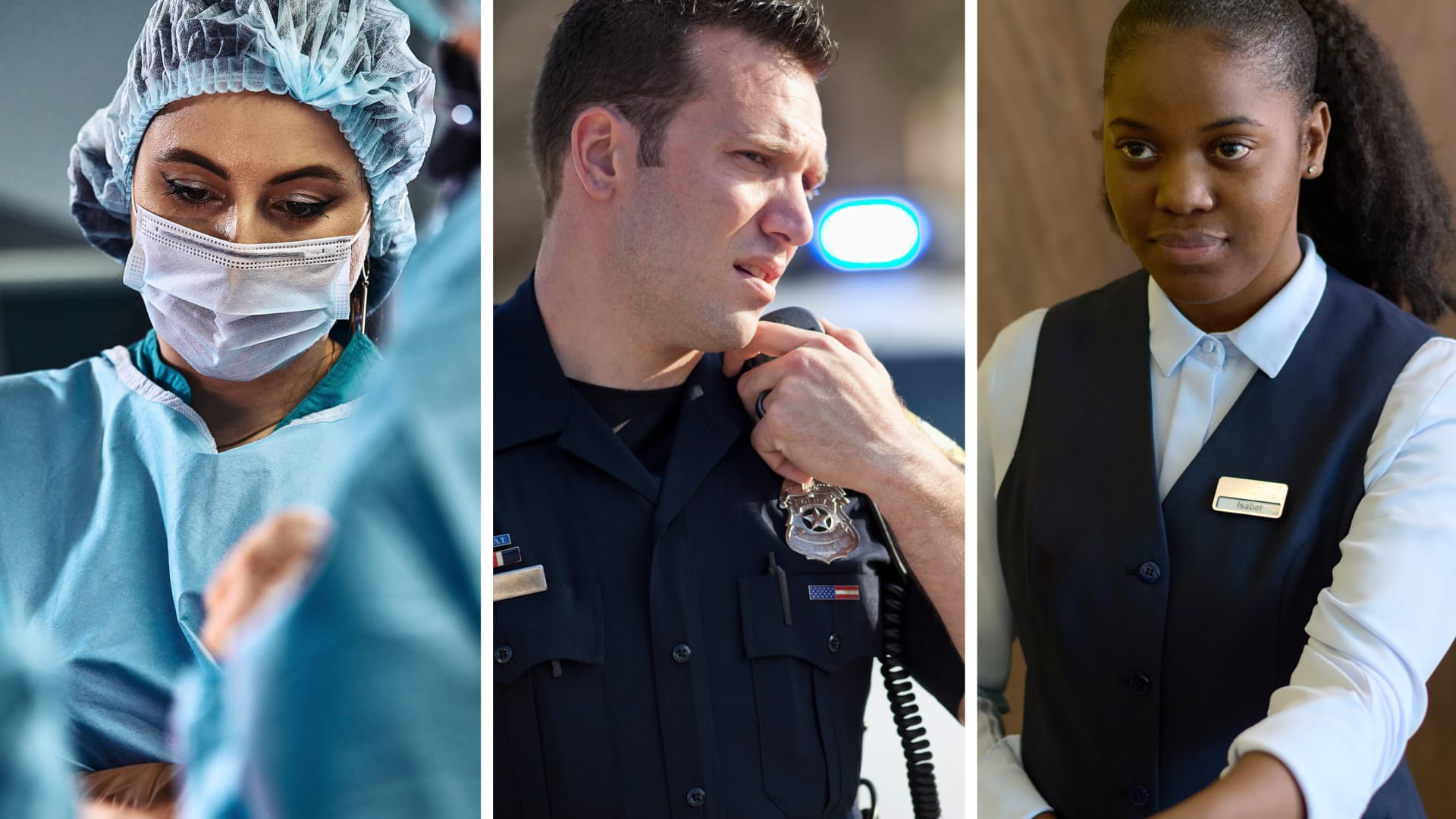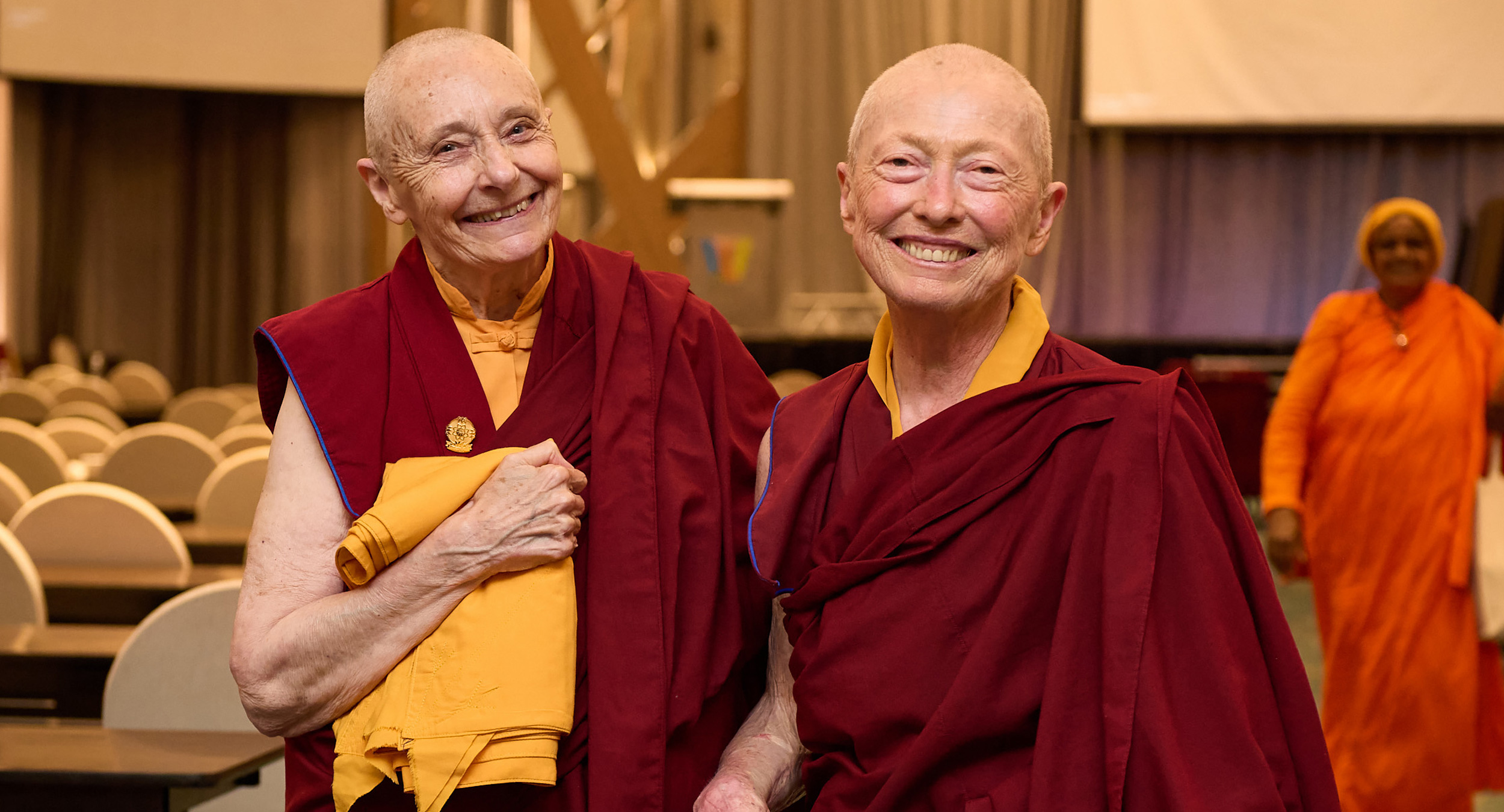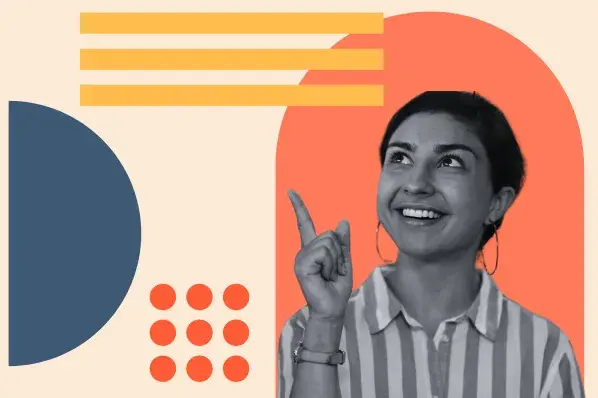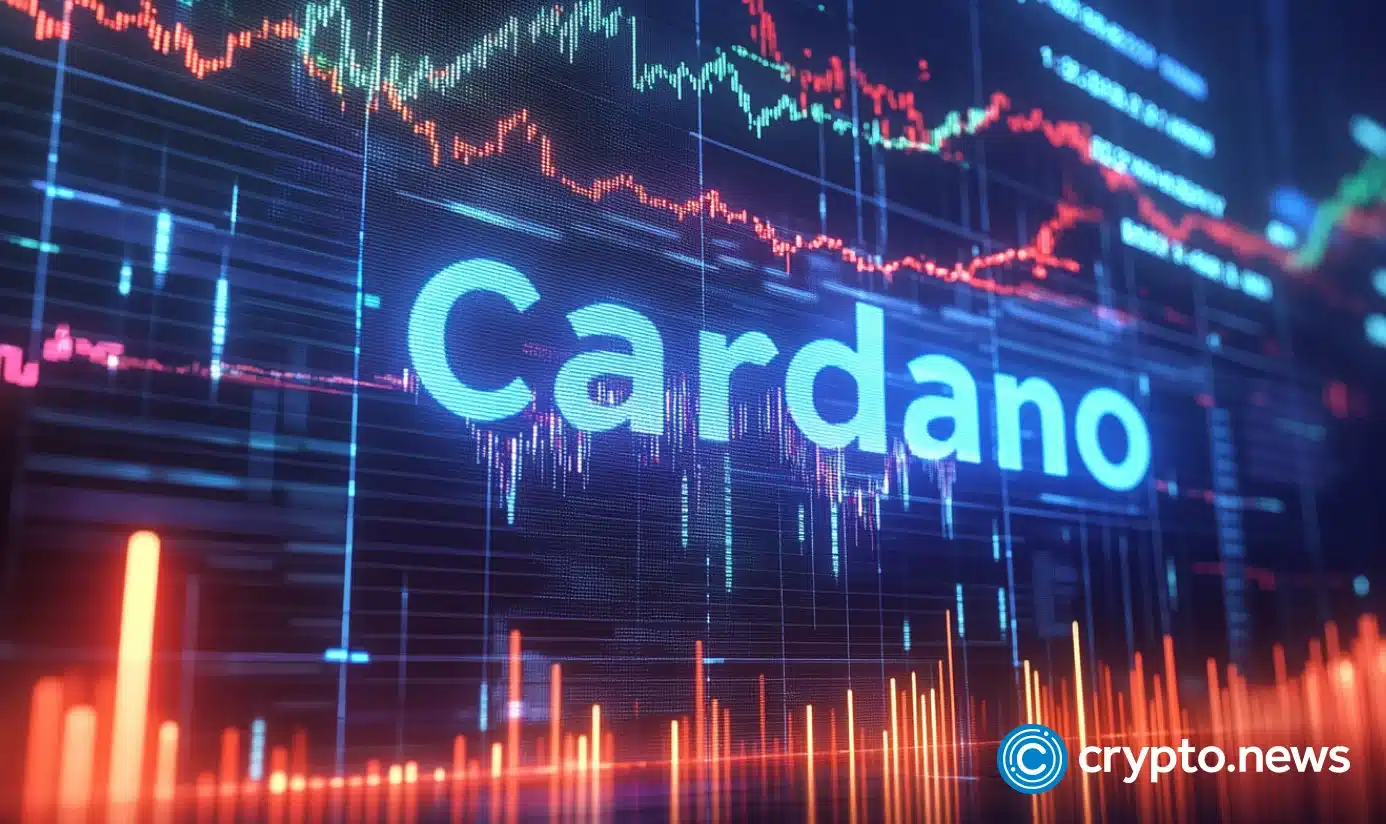Women's basketball players see surge in brand NIL deals
Their highly-engaged social audiences make them strong choices for brands.

When it comes to NIL brand deals, female basketball players are the MVPs.
A surge in the sport’s popularity, increased viewership and highly-engaged social media audiences, have all helped women's basketball athletes set a record 186% year-over-year increase in new NIL deals with brands, according to a report by SponsorUnited, a sports and entertainment platform that tracks sponsorships and endorsements.
That level of growth seems steep, but the name, image and likeness space is still in its infancy. In the almost two years since the NCAA's NIL policy went into effect on July 1, 2021, marketers, universities and athletes themselves have become more comfortable and savvy when it comes to brand partnerships. Athletes have shown that they have both loyal followings and strong geographic ties. Now that brands and athletes have a better understanding of the legality of their partnerships, the deals have exploded.
More NIL news: See Cash App's new campaign
Angel Reese, who plays basketball for LSU, accounts for the highest deal volume for a female athlete in a single sport, with 17 deals. She's followed closely by twins Haley and Hanna Cavinder, who play for the University of Miami. College gymnasts Jordan Chiles (UCLA) and Olivia Dunne (LSU) also each have 16 deals.
“Increased viewership on ESPN year-over-year and record-high engagement levels on [female basketball player’s] socially promoted posts reflects the excitement and passion that fans have for the game and players, and it’s great to see brands recognizing and investing in this potential,” said Bob Lynch, founder and CEO of SponsorUnited.
Still, women's basketball still falls behind men's basketball, which saw 411 deals compared to the 327 deals of their female counterparts. This is despite the report’s findings that female basketball players have an average 54% engagement rate across social media, compared to 45% for men, and the average female basketball player partners with three brands, versus two for men.
The report found that the overall number of NIL deals increased by 146% from 2021 to 2022, showing how eagerly brands have jumped into the space and connected with athletes’ fan bases. Football NIL deals still account for the majority—60%—of the new deals struck in the 2022 season. But there are signs that the tide may be turning in favor of female athletes. Female professional athletes saw a 20% increase in the number of brand deals last year, according to another report by SponsorUnited. Part of this was driven by female athletes' higher engagement rates, but also because brands including Ally and Michelob Ultra pledged to equalize their spending across sports.
The increase in deals is also potentially being driven by the current women’s NCAA tournament. Last year’s tournament viewership was up 16% from 2021 and ESPN sold out of ad inventory before the tournament began. This year’s national final game will run on ABC on April 2—the first women’s title game on network TV in almost 30 years.
On the brand side, marketers are shifting the platforms they are prioritizing. The report found that brand endorsement posts on Twitter fell to around 16% of deals, while Instagram and TikTok saw big gains. Instagram branded posts are the most popular asset used by college athletes to promote their NIL deals, increasing from 41% in 2021 to 48% in 2022, and sponsored TikTok posts grew from 10% to over 12%.
The top 10 most active brands across all men’s and women’s NIL deals were media platform The Players Lounge, Hooters, healthcare platform Lifewallet, Dunkin’, Krystal, Urban Outfitters, Raising Cane’s, Outback Steakhouse, Degree and Adidas.

 ValVades
ValVades 









